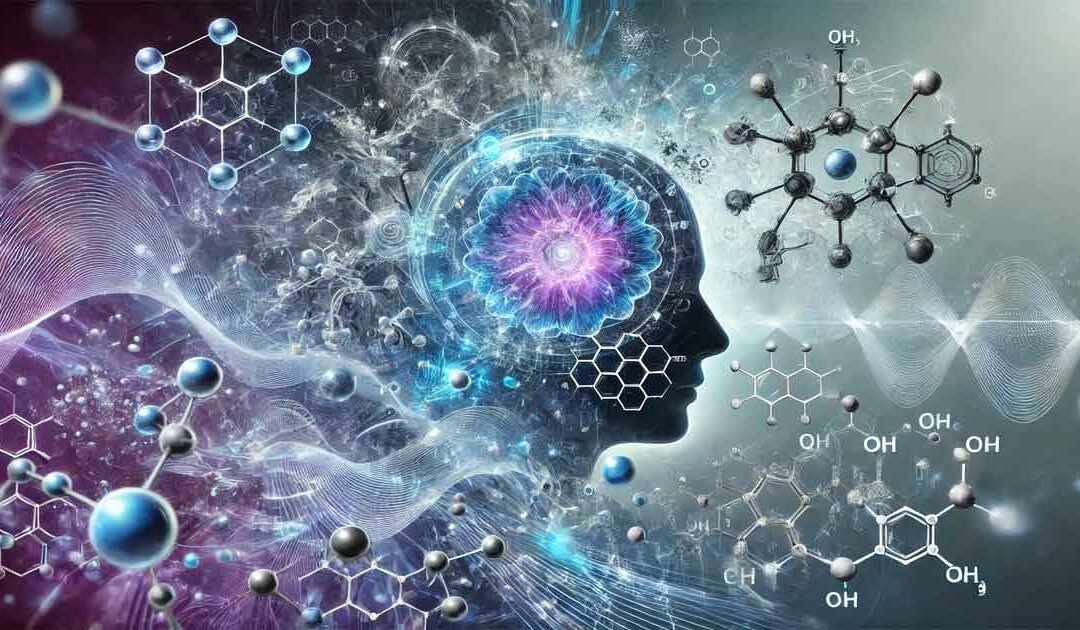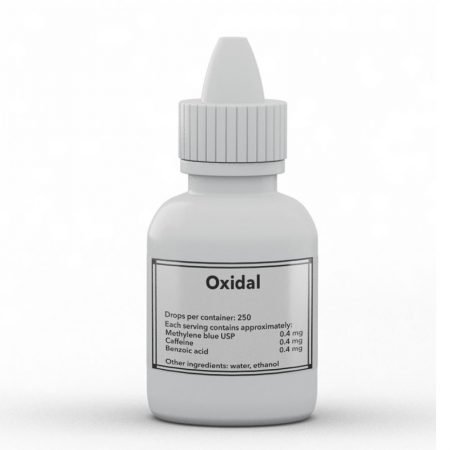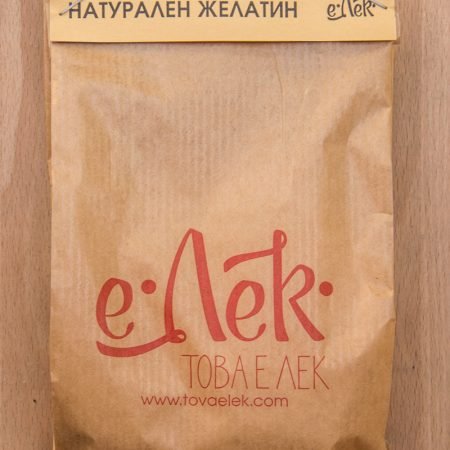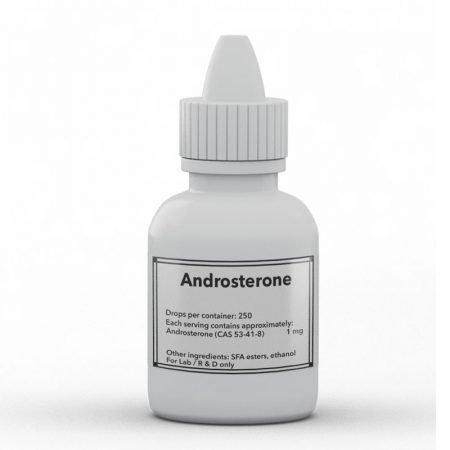Много от читателите вероятно са запознати с теориите на Роджър Пенроуз по въпросите на съзнанието и връзката му с физиката и дори космологията. Той е може би най-гласовитият привърженик на теориите за “квантовото съзнание”, включително собствената му теория, известна като “оркестрирана редукция на обективността”. Темата за анестетиците и тяхното действие винаги е била интензивна работа в процес на развитие и до голяма степен загадка още от откриването на първите анестетици. Известно е, че силата на анестетика е свързана с неговата разтворимост в (зехтин). Но как точно действат анестетиците до голяма степен остава загадка.
Изследването по-долу показва, че силата на ксенона, известен анестетик, зависи от неговия ядрен спин. Някои изотопи на ксенона, а именно ксенон-129 и ксенон-131, са много по-слаби анестетици от останалите изотопи на ксенона без спин. Всъщност ядреният спин определя изцяло доколко даден изотоп на ксенона повишава съзнанието. Установено е, че изотопът ксенон-121, който има ядрен спин 1/2, е най-подсилващият съзнанието (най-слабият анестетик). Всъщност изследването предполага, че и други атоми с ядрен спин 1/2 могат да се използват за засилване на процеса на съзнание. За тези, които се интересуват от допълнителни изследвания, ето таблица на химичните елементи, в която са изброени изотопите с ядрен спин, включително тези със спин 1/2.
https://www.nature.com/articles/nature04436
https://www.ncbi.nlm.nih.gov/pubmed/10737804
https://www.sciencedirect.com/science/article/abs/pii/S0165032716318626
https://academic.oup.com/hmg/article/26/18/3520/3876271
Така че може би прегненолонът Е едно от тези хранителни вещества, способни да насърчават съзнанието. Ще се свържа с автора на статията в популярната преса и ще го попитам, но се съмнявам, че тези ефекти на прегненолона са просто съвпадение. Пийт също така няколко пъти говори за прегненолона като хранително вещество, подпомагащо съзнанието и интелекта. По стечение на обстоятелствата (или не) (не)известният радиоводещ Алекс Джоунс продава прегненолон като добавка и я нарича “Червеното хапче” – т.е. добавката, която ще ви отвори очите за истината. Не одобрявам г-н Джоунс и неговите възгледи/навици, просто си помислих, че това е още един чудесен пример за синхроничност.
https://en.wikipedia.org/wiki/Synchronicity
https://www.ncbi.nlm.nih.gov/pubmed/29642079
“…The relation between nuclear spin and quantum processes in electron clouds as defined by Meyer-Overton is unclear, and deserves further study, as does the role of nuclear spin in mental states in general. Our results suggest that the quantum property of nuclear spin in the monoatomic anesthetic xenon promotes conscious processes at the xenon site of action, consistent with theories proposing quantum mechanisms in consciousness.”
https://anesthesiology.pubs.asahq.org/article.aspx?articleid=2682839
“…Anesthetic gases block consciousness selectively, sparing nonconscious brain activities, and thus their specific action could unravel the age-old mystery of how the brain generates, or mediates, consciousness. In this issue, Li et al.1 make a significant contribution to our understanding of both anesthesia and consciousness, showing that an isotope of the anesthetic xenon (129Xe) with the quantum property of nuclear spin 1/2 is significantly less potent than xenon isotopes without spin, despite identical chemical actions. Li et al. suggest that the xenon nuclear spin antagonizes its own anesthetic action by promoting consciousness, and that consciousness involves quantum brain processes, thus supporting a genre of theories known as “quantum consciousness.”
“Quantum consciousness” theories suggest that entanglement, coherence, and quantum computing occur in the brain, offering potential solutions to challenges in cognitive neuroscience, e.g., the “binding problem.” In conscious vision, perceptual information for an object’s shape, color, motion, and meaning is processed at different times in different areas of visual cortex (V1, V2, V3, and so forth). Yet somehow, the disparate content is “bound together” in unified scenes, e.g., a red kite flapping in the wind. More generally, auditory, tactile, olfactory, and visual sensory modalities, along with memory and feelings, all apparently processed in different brain locations at different times, are also bound together, integrated, in unified conscious perceptions. (Indeed, Mashour2 has suggested “unbinding” as the key effect of anesthetic action.) Einstein’s “spooky action at a distance”—entanglement—may quite literally bind and integrate disparate brain content into unified conscious moments, like frames in a film or video. Sequences of such moments can give rise to our familiar stream of consciousness.”
“…Anesthesia to the rescue! In the nineteenth century, gases with diverse chemical structures were found to reversibly render humans and animals immobile, unresponsive and unconscious. Seeking a unifying factor, Hans Meyer (1899) and Charles Overton (1901) discovered that anesthetic potency correlated strongly with gas solubility in a nonpolar, “hydrophobic” lipid-like medium akin to olive oil. Potency is quantified by the ED50 (effective dose producing immobilization in half the population), which, for volatile anesthetics, came to be known as the minimum alveolar concentration. The solubility binding involves weak quantum dipole couplings (van der Waals London forces6) between electron outer shells of anesthetic molecules, and, e.g., “π electron resonance” clouds of aromatic amino acid rings inside certain brain proteins.The Meyer-Overton correlation thus defines an intraprotein, olive oil–like medium that is “quantum-friendly,” nonpolar, hydrophobic (not “wet”), and potentially suitable for quantum information processing relevant to consciousness. As for “warm,” plant photosynthesis proteins use quantum coherence to transfer photon energy from sunlight through π resonance groups, facilitated by coherent mechanical vibrations, and thus are not “noisy” but rhythmic. Unlike olive oil, or bulk benzene (e.g., gasoline), π resonance electron clouds in protein interiors are arrayed at, or near, the van der Waals radius, conducive to quantum interactions (e.g., similar to the quantum material graphene).In which proteins do anesthetics act to erase consciousness? Membrane ion channels and/or receptors for γ-aminobutyric acid receptor type A, glutamate, acetylcholine, glycine, and serotonin were presumed targets, but evidence failed to support unitary anesthetic action,7 and some results point to cytoskeletal microtubules inside neurons.8 Polymers of the protein tubulin, microtubules have quantum resonance oscillations in terahertz, gigahertz, megahertz, and kilohertz frequency ranges,9 and are proposed to host quantum computing regulating neurons, controlling behavior and mediating consciousness.4 Computer simulations suggest anesthetic gases dampen (and nonanesthetic gases do not dampen) tubulin terahertz resonance (proportional to anesthetic potency).3 Other “quantum consciousness” theories involve membrane proteins, ordered water, lipids, or DNA.Nuclear spin 1/2 is far more stable than electron cloud dipole states, and Fisher10 has suggested that adenosine triphosphate hydrolysis can encode memory as geometric arrays of 31phosphorous nuclear spin 1/2. Now Li et al.1 suggest nuclear spin 1/2 antagonizes anesthetic potency by promoting factors supporting consciousness.”
“…Quantum consciousness theories portray the brain as a multiscale hierarchy originating in quantum vibrational states at small, fast scales inside proteins in the neuronal membrane and/or cytoskeleton. These may amplify and resonate upward over many orders of magnitude (figs. 1 and 2). Rather than a computer, the brain may be more like an orchestra; rather than a computational output, consciousness may be more like music.” The work by Li et al. also suggests various drugs, or supplements with nuclear spin 1/2, may enhance quantum brain vibrations and entanglement, possibly benefiting mental and cognitive states. The authors are to be congratulated for a significant breakthrough.”
Източник:











